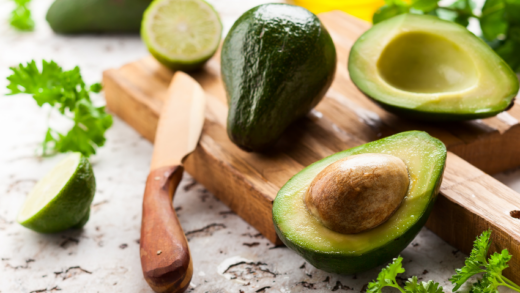When it comes to eating healthy, grains are an essential part of a balanced diet. Grains are a great source of carbohydrates, fiber, protein, vitamins, and minerals. But not all grains are created equal. Some are more nutritious than others and offer greater health benefits. In this article, we will explore the top 5 most healthy grains that you should consider adding to your diet.
Top 5 Most Healthy Grains:
-
Quinoa
Quinoa is a popular grain that has gained a reputation for being a superfood. It’s not actually a grain, but a seed that is related to spinach and beets. Quinoa is a great source of protein, containing all nine essential amino acids that the body needs. It’s also high in fiber, magnesium, iron, and antioxidants. Quinoa is gluten-free and is a good alternative to rice or pasta.

-
Oats
Oats are another healthy grain that offer numerous health benefits. They’re rich in fiber, which helps to regulate blood sugar levels and promote digestive health. Oats also contain a type of soluble fiber called beta-glucan, which has been shown to lower cholesterol levels. Oats are also a good source of protein, iron, and antioxidants.
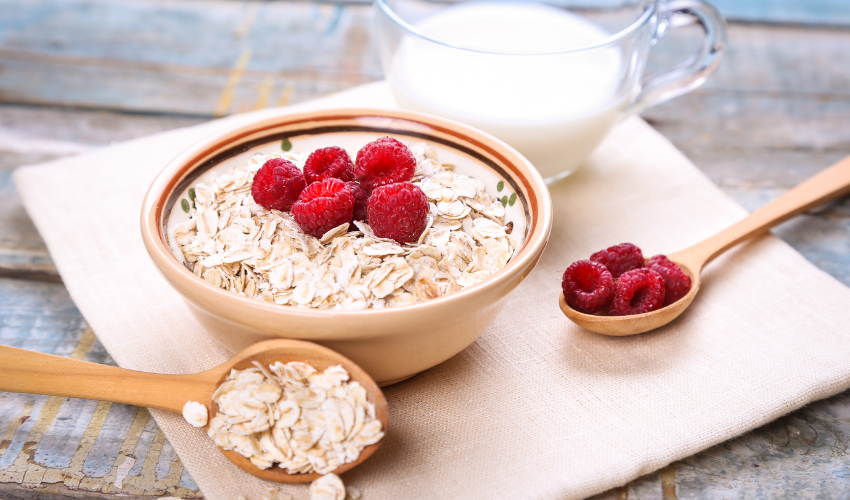
-
Brown Rice
Brown rice is a nutritious whole grain that is a staple in many cultures around the world. It’s an excellent source of complex carbohydrates, fiber, and B vitamins. Brown rice also contains selenium, a mineral that helps to protect against cancer and heart disease. Unlike white rice, brown rice is a whole grain and has not been stripped of its nutrients.
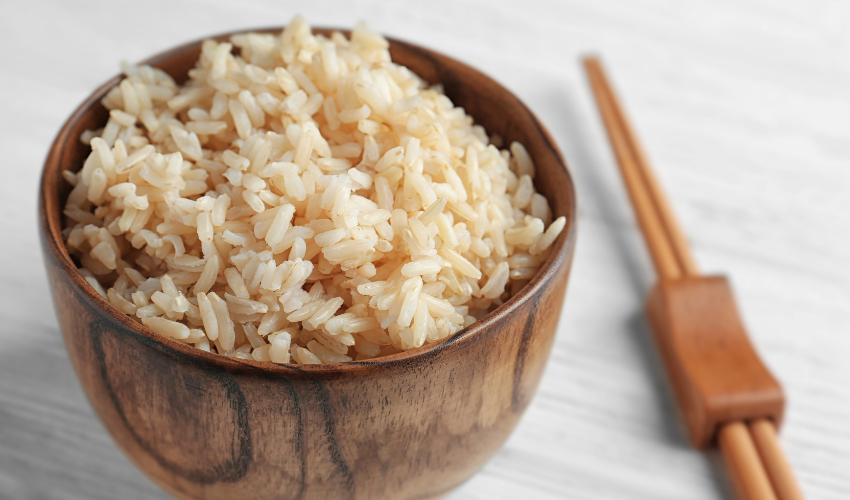
-
Buckwheat
Buckwheat is a gluten-free grain that is rich in nutrients. It’s high in protein, containing all essential amino acids, and is a good source of fiber, iron, and magnesium. Buckwheat also contains antioxidants, such as rutin and quercetin, which have been shown to have anti-inflammatory properties.
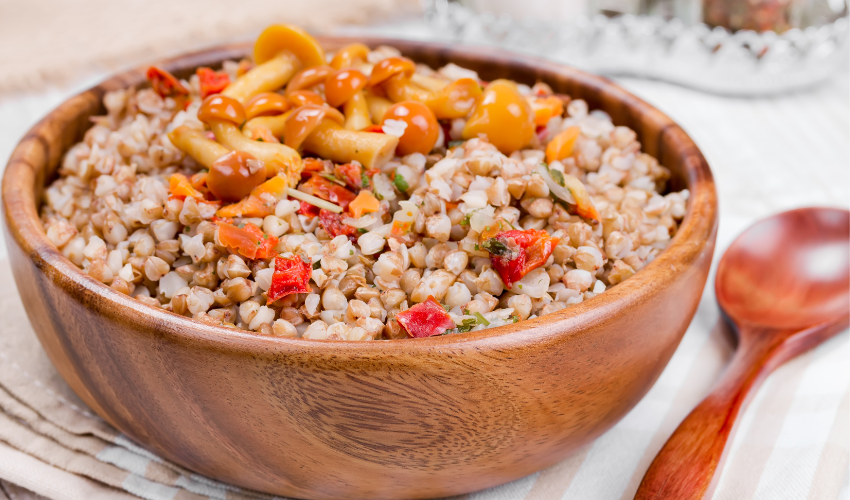
-
Barley
Barley is another nutritious whole grain that is packed with fiber, vitamins, and minerals. It’s a good source of complex carbohydrates, which provide a slow and steady release of energy. Barley is also rich in beta-glucan, a soluble fiber that helps to lower cholesterol levels and reduce the risk of heart disease. Barley can be used in soups, stews, and salads.
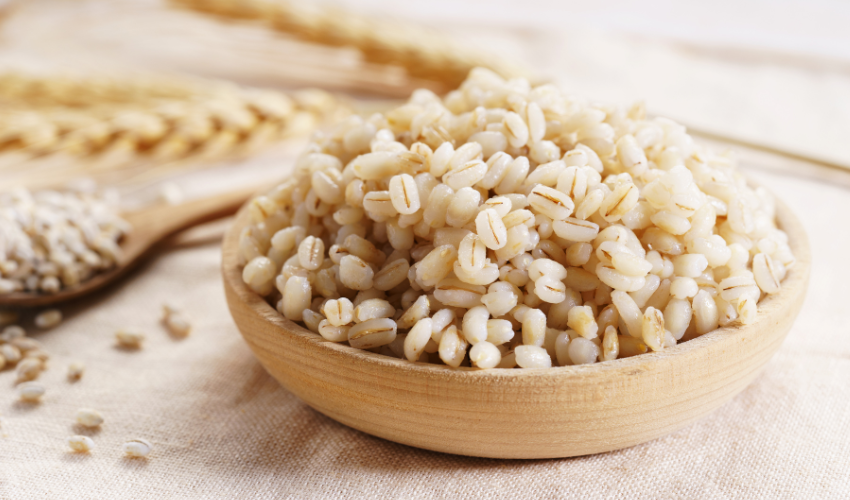
FAQs:
Can I eat grains if I’m on a low-carb diet?
Grains are high in carbohydrates, so they may not be suitable for a low-carb diet. However, some grains, such as quinoa and buckwheat, are lower in carbs than others.
Are all most healthy grains gluten-free?
Not all grains are gluten-free. Wheat, barley, and rye contain gluten, while grains such as quinoa, oats, and brown rice are gluten-free.
How should I cook grains?
The cooking method for grains can vary depending on the type of grain. Most grains can be cooked in boiling water or broth. It’s important to follow the cooking instructions on the package to ensure the grains are cooked properly.
How much grain should I eat per day?
The amount of grain you should eat per day depends on your individual needs and goals. As a general guideline, it’s recommended that adults consume 6-8 servings of grains per day.
Are grains good for weight loss?
Grains can be part of a healthy weight loss diet, as they are high in fiber and can help to keep you feeling full and satisfied. However, it’s important to choose whole grains and to watch your portion sizes to avoid consuming too many calories.
Conclusion
Grains are an important part of a healthy and balanced diet. They offer a wide range of nutrients and health benefits, including improved digestion, lower cholesterol levels, and reduced risk of chronic diseases. By incorporating these top 5 most healthy grains into your meals, you can boost your nutrition and support your overall health and wellness. So why not try adding quinoa, oats, brown rice, buckwheat, and barley to your next meal and enjoy the benefits of these nutritious and delicious grains!





